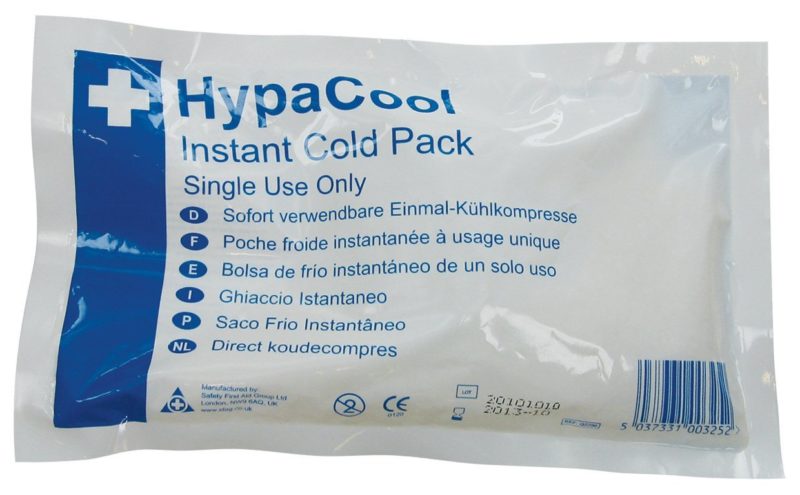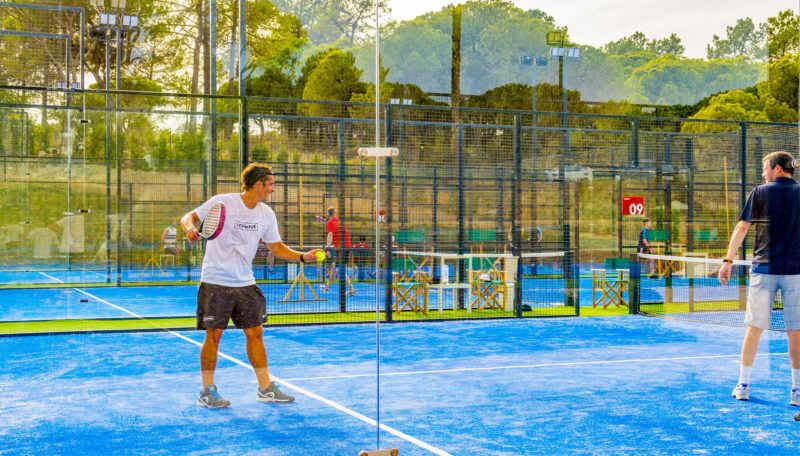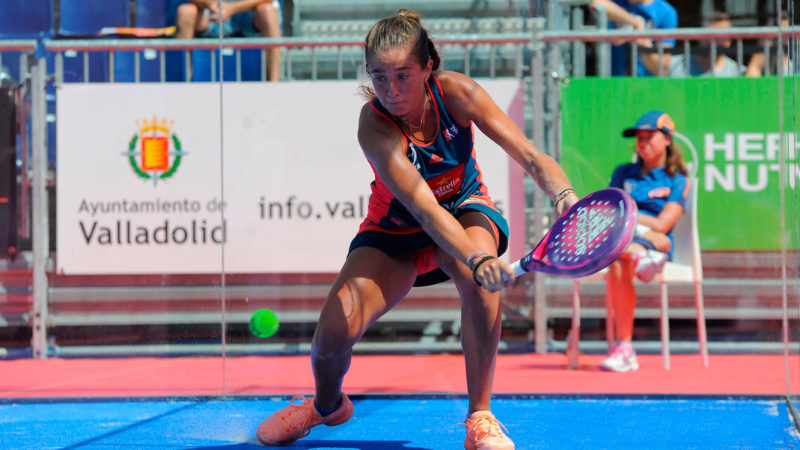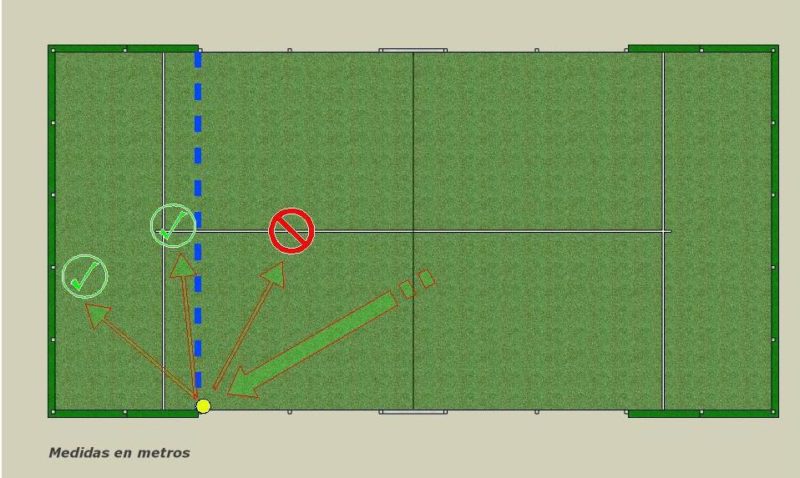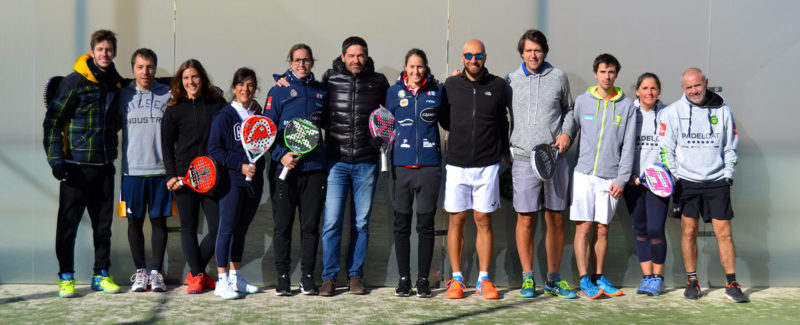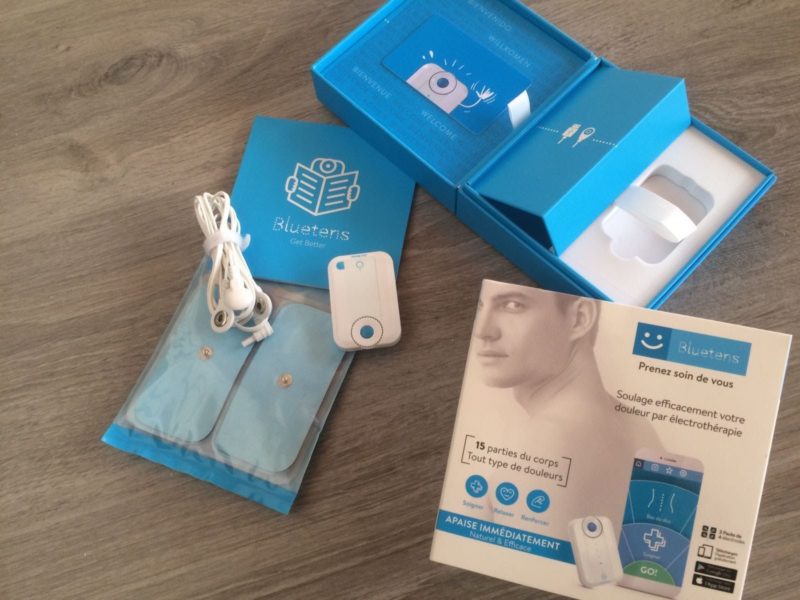 I recently invested in a TENS/EMS machine, mostly to aid in my recovery between padel and physical training sessions.
I recently invested in a TENS/EMS machine, mostly to aid in my recovery between padel and physical training sessions.
I’ve used such machines during physiotherapy sessions before, but until recently I assumed that they belong in the physio room and that as an athlete I couldn’t get one to use in the comfort of my own home. Turns out it need not be that expensive, nor is it complex to use.
First, let’s talk about how these devices work.
Electrical muscle stimulation is exactly what it sounds like: using an electrical current to stimulate your muscles. This can be done because your muscles naturally contract in response to electrical signals sent by your brain, and TENS/EMS machines replicate these impulses, causing muscles to contract on command.
TENS is the most universally known modality of electrical stimulation. Used widely for pain relief, TENS sends a series of electrical pulses across the skin and along nerve strands. These electrical pulses “distract” the brain from the pain signal, according to the Gate Control Theory. The Gate Control Theory of Pain says that non-painful stimulus or input closes the “gates” to the Central Nervous System, preventing it from feeling any pain. TENS also stimulates an endorphin release, which likewise mitigates pain.
